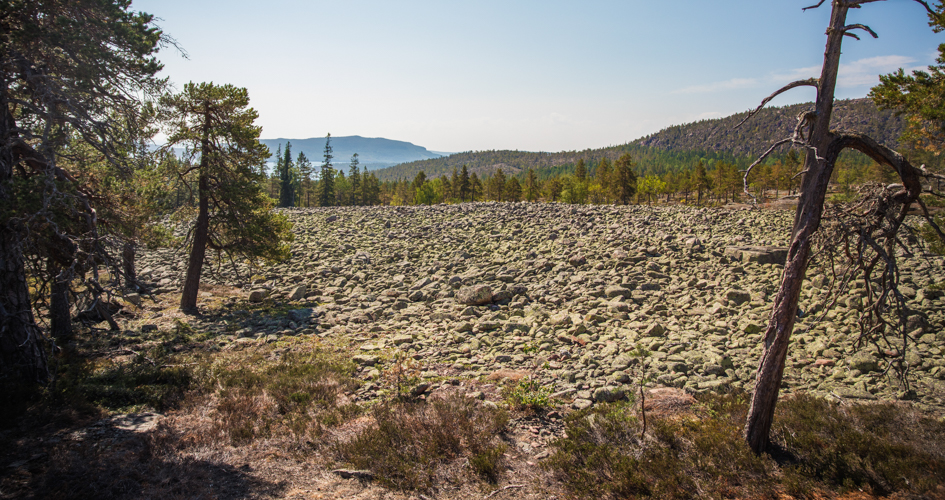 Foto: Erik Engelro
Foto: Erik EngelroGeology
The High Coast has long attracted attention as an interesting geological area because of the land uplift that has taken place after the latest ice age.
In 2000 the High Coast was designated a UNESCO World Heritage Site because of its Quaternary geological value. The land uplift is continuing to this day and has left clear traces in the landscape. On a day hike in the national park, you can study several of the typical geological phenomena that go along with the land uplift.
Nordingrå granite and diabase
The red and nutrient-poor Nordingrå granite of the rapakivi type is the predominant bedrock in Skuleskogen. Diabase occurs along the national park’s north-eastern coastal section. It is a type of rock that is comparatively rich in lime and appears in several places along the High Coast.
Share with your friends
Share this page with your friends on Facebook, X (formerly Twitter), Google+ and e-mail.





